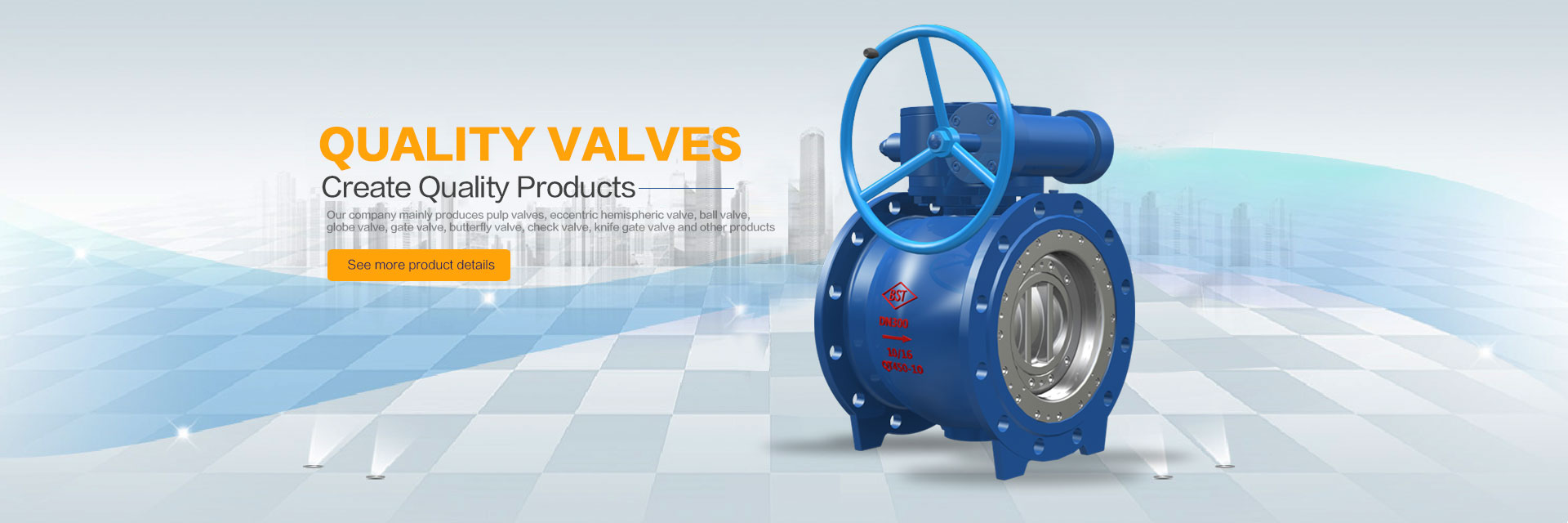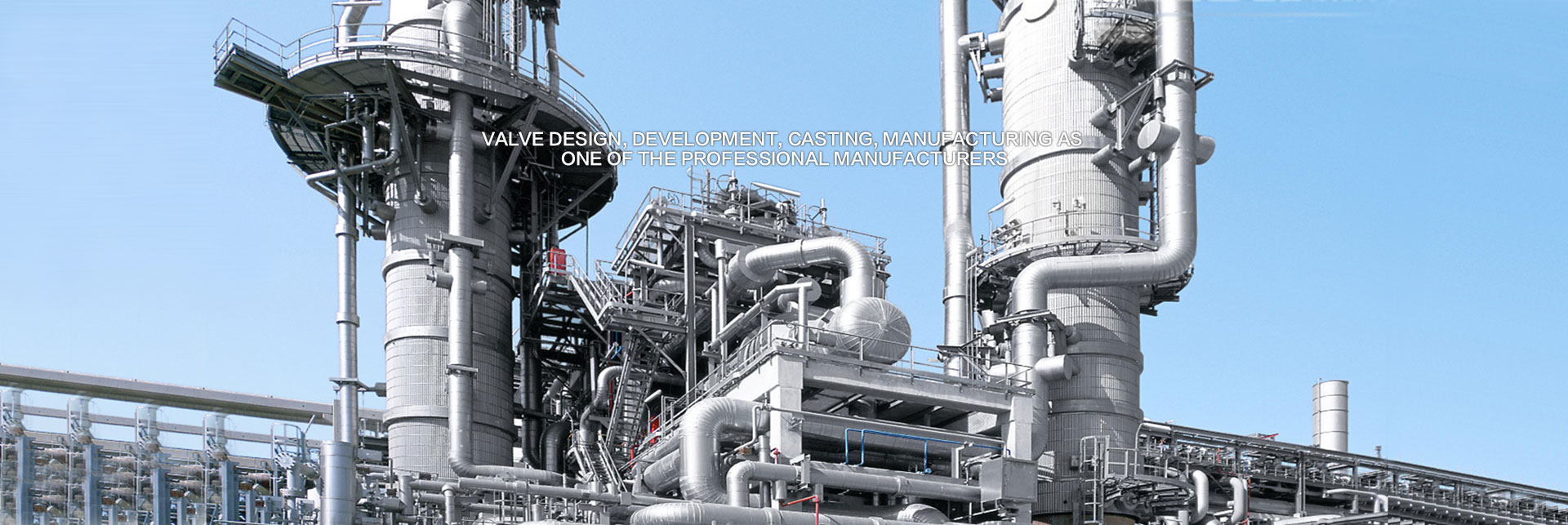What are the common heat treatment processes?
Common heat treatment processes include normalizing, annealing, solid solution, aging, quenching, tempering, annealing, carburizing, nitriding, quenching and tempering, spheroidization, brazing and so on.
1, normalizing: after heating the steel or steel parts to a critical temperature of AC3 or ACM for a certain time, and then cool it in the air, the heat treatment process of pearlite like tissue is obtained.
2, anneal annealing: heating the hypoeutectoid steel workpiece to 20 to 40 degrees above AC3 and holding it for a period of time, then cool down slowly with the furnace (or buried in sand or lime) to 500 degrees below the heat treatment process in the air.
3, solution heat treatment: heating the alloy to high temperature single-phase region and maintaining constant temperature, so that the excess phase can be dissolved into the solid solution, and then cooled rapidly to obtain the heat treatment process of supersaturated solid solution.
4. Aging: the properties of alloys change with time when they are treated by solid solution heat or cold plastic deformation and are kept at room temperature or slightly higher than room temperature.
5, solution treatment: make the alloy fully dissolved, strengthen solid solution and improve toughness and corrosion resistance, eliminate stress and softening, so as to continue processing.
6, aging treatment: heating and heat preservation at the precipitated temperature, precipitating and precipitating the enhanced phase, hardening and increasing the strength.
7, quenching: cooling the austenite of steel and cooling at proper cooling speed, so that the heat treatment process such as martensite and other unstable structural transformation will take place in the whole section or within a certain range.
8, tempering: heating the hardened workpiece to a proper temperature below AC1 for a certain time, then cooling it with the required method to get the heat treatment process needed for the organization and performance.
9, carbon and nitrogen co permeation of steel: carbonitriding is the process of infiltration of carbon and nitrogen into the surface of steel. The customary carbonitriding is also called cyanidation, which is widely used in the medium temperature gas carbonitriding and low temperature gas carbonitriding (i.e. gas soft nitriding). The main purpose of the medium temperature gas carbonitriding is to improve the hardness, wear resistance and fatigue strength of the steel. The main purpose of the low temperature gas carbonitriding is nitriding, and its main purpose is to improve the wear resistance and anti bite resistance of the steel.
10, tempering treatment (quenching and tempering): the general habit of quenching and high temperature tempering combined heat treatment is called tempering treatment. The quenching and tempering treatment is widely used in all kinds of important structural parts, especially the connecting rod, bolt, gear and shaft and so on, which work under the alternating load. The microstructure of the tempered Soxhlet is obtained after the quenching and tempering treatment, and its mechanical properties are better than that of the normal corsornite body with the same hardness. Its hardness depends on the tempering temperature of the high temperature and is related to the tempering stability of the steel and the section size of the workpiece, usually between HB200 - 350.
11, brazing: heating and melting the two kinds of workpiece with solder and melting the heat treatment process together.









